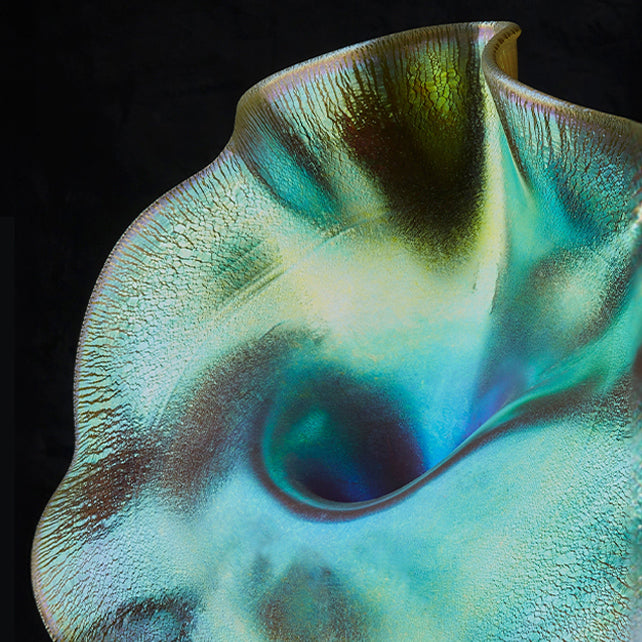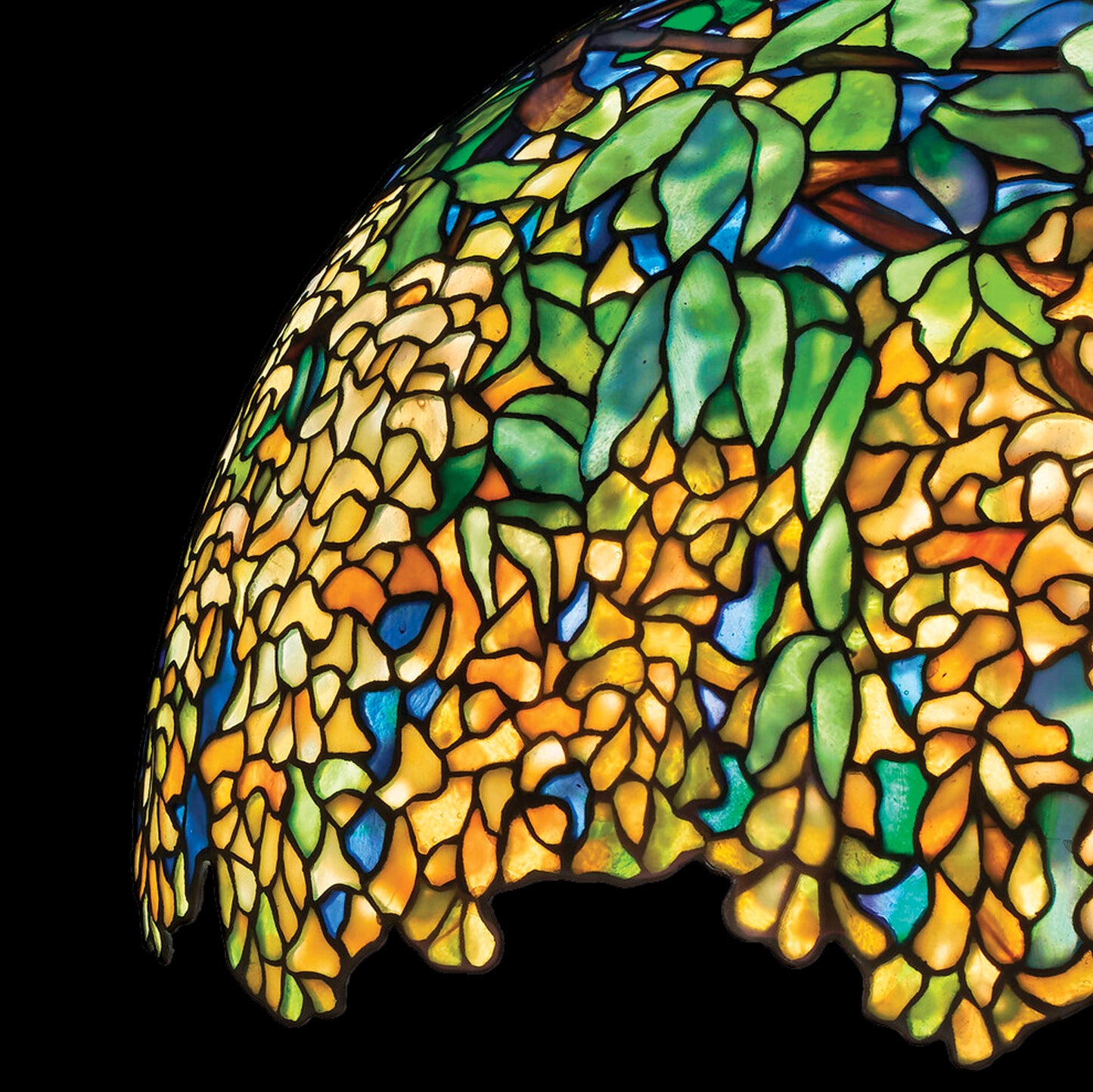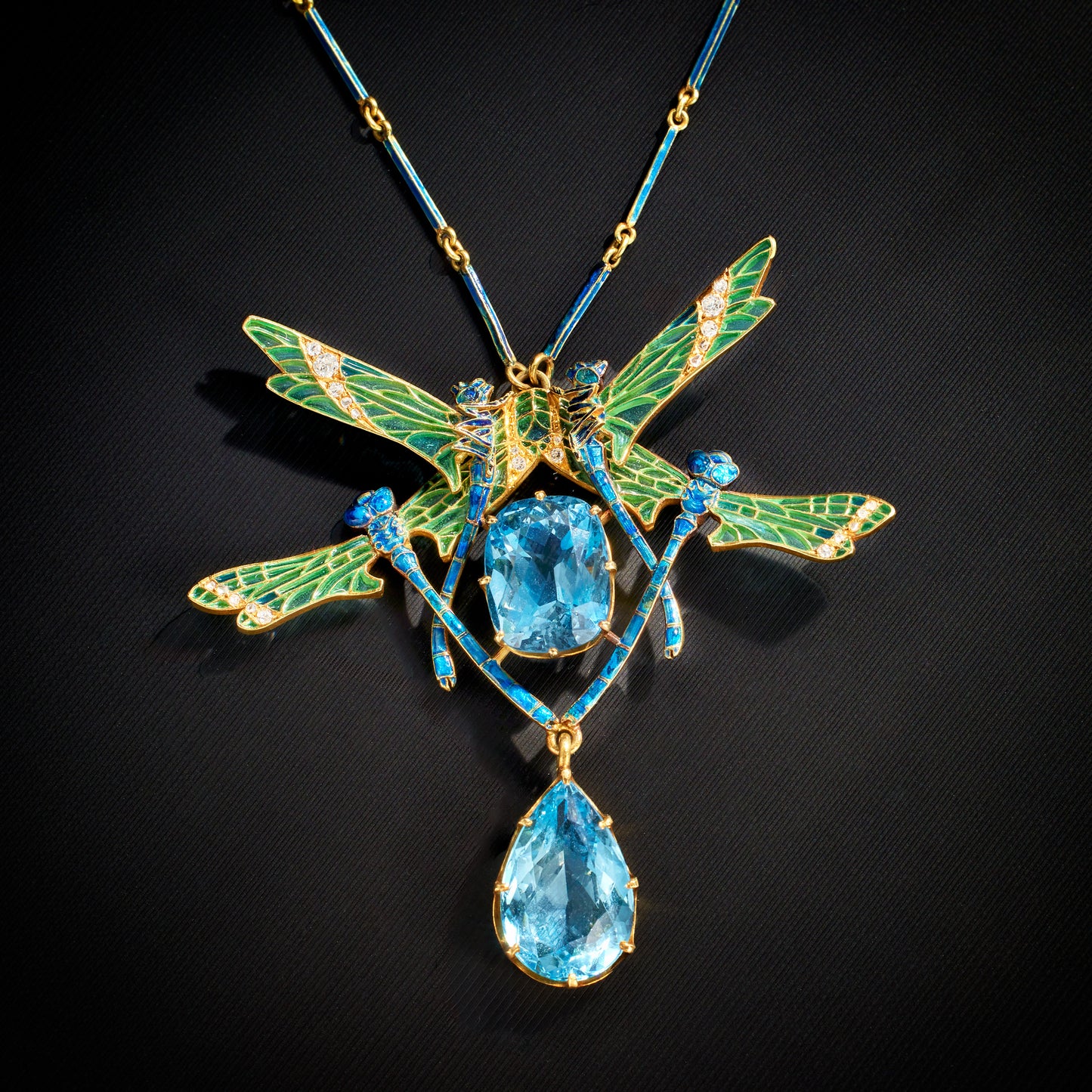René Lalique "Femme Papillon" Brooch
Dating from 1897-1898, this butterfly woman brooch by René Lalique is formed of plique-à-jour enamel, diamonds, and 18K gold. The brooch is designed as chased gold figure of a slender woman with flowing hair kneeling in an extravagant gown, extending pale green plique-à-jour enamel wings highlighted by graduating lines of old mine and rose-cut diamonds, outlined in green champlevé enamel, the figure with opalescent enamel to its reverse. An example of the artist's exploration of metamorphosis and transformation, this early jewel of subtle beauty and technical perfection expresses Lalique's intellectual interest in the world of contemporary Symbolist artists.
Item #: BO-21496
Artist: René Lalique
Country: France
Circa: 1897-98
Dimensions: 2.5625" length, 0.9375" width.
Materials: 36 old mine-cut and rose diamonds (approximate total weight 0.8 carat); 18K Gold; Plique-à-jour Enamel
Signed: LALIQUE
Literature: See similar example: René Lalique, Schmuck und Object D'art 1890-1910 by Sigrid Barten, p. 112, plate 48, Kat.Nr. 963.2.
Item #: BO-21496
Artist: René Lalique
Country: France
Circa: 1897-98
Dimensions: 2.5625" length, 0.9375" width.
Materials: 36 old mine-cut and rose diamonds (approximate total weight 0.8 carat); 18K Gold; Plique-à-jour Enamel
Signed: LALIQUE
Literature: See similar example: René Lalique, Schmuck und Object D'art 1890-1910 by Sigrid Barten, p. 112, plate 48, Kat.Nr. 963.2.




















